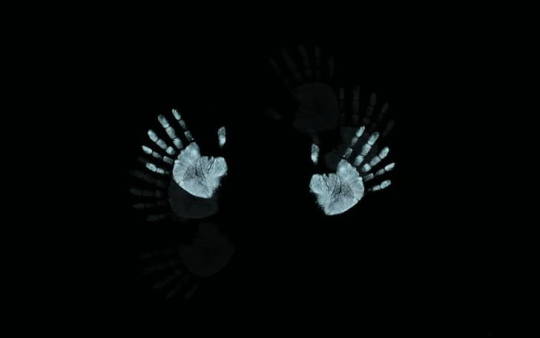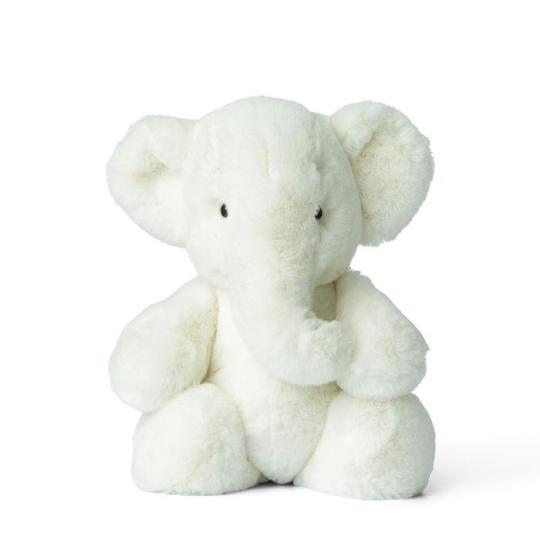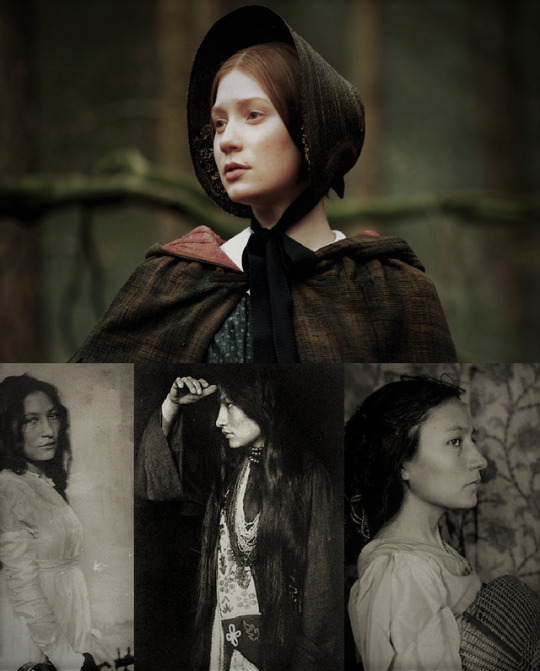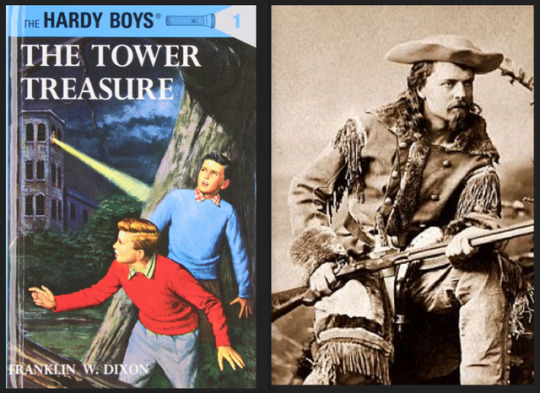Don't wanna be here? Send us removal request.
Photo

In Kate Chopin’s The Awakening, on page 116 of my Penguin copy, Mademoiselle lets Edna read the letters Robert sent to her while playing a song Robert requested she play for Edna. Mademoiselle improvises the beginning and then flows into Chopin’s ‘Fantasie Impromptu (Op.66)’, which flowed into Isolde’s song ‘Liebestod’ (most likely) from Wagner’s opera Tristan und Isolde, and back to the ‘Impromptu’ again. I think it’s important to listen to the songs in order to fully understand the characters (Mademoiselle, Edna, and Robert), plus know a thing or two about the music like readers of the time would have known.
Chopin's 'Impromptu': https://www.youtube.com/watch?v=Gus4dnQuiGk This is one of Chopin's songs that were published after his death even though he specifically said not to publish any of his unpublished works upon his death. It's a piece surrounded with quite a bit of mystery, but it was likely composed as paid commision for a baroness. Wagner's song 'Liebestod' from the opera Tristan und Isolde: https://www.youtube.com/watch?v=hAi7dnvNCw0 This is a non-instrumental version sung by Maria Callas: https://www.youtube.com/watch?v=Cg3pHkzUerc This is what Wikipedia says about the meaning of Liebestod: "When used as a literary term, Liebestod (from German Liebe, love and Tod, death) refers to the theme of erotic death or "love death", meaning the two lovers' consummation of their love in death or after death."
Both songs have something to do with death and have a similar sort of energy that seems like a soda bottle bubbling up before it explodes... Hmm... I think I see foreshadowing here.... *wink wink* *cough* And it may also just explain why Edna wept so much when she heard them played.
Image Credit: https://wallup.net/piano-antiques/
And that concludes my dump of posts all at once. XD I needed to make up for the ones I missed, plus post my one for this week since I’ll be out of state the rest of the week. Happy reading!
1 note
·
View note
Photo

When we read Sherwood Anderson���s story “Hands,” I found it interesting that only a couple of other students in the class pitied the main character like I did. I suppose touching people a lot when you speak to them can be creepy, but I know a lot of older people that I interact with that like to set their hand on your head or arm when they tell you something they really want you to get, to understand. It’s like creating an extra connection, confirming that they have their listener’s full attention and emphasizing how important it is that the listener truly hears what they have to say. I also know that some people use their hands to express themselves, like another form of speaking when the words don’t cut it. No, I don’t mean like sign language, but rather like my autistic sister that flutters her hand across my thigh when she tells me something she’s super excited about, or stroking my hair, back, or arm to let me know how she’s feeling. It’s like she’s trying to send her energy and emotions into me so that I understand her better and empathize with her. She can’t always control it, and if she tries, her hands shake so badly, she starts panicking. I guess having these experiences influenced my reaction to the story. To me, the character just seems misunderstood. His nervousness and always hiding his hands in his pockets made me feel for him. I understand that people will always see something else other than what he means, no matter how good his intentions may have been, and I feel sorry that he has to live his life scared and uncomfortable. Of course, this is all assuming his intentions truly were good. And that’s the real problem. There’s no good way to know for sure, so suspicious squints it is.
Image Credit: https://www.wallpaperflare.com/hand-mark-background-shadow-hands-wallpaper-uvide
0 notes
Photo

We had to read Ernest Hemingway’s “Hills Like White Elephants” short story for class and although I didn’t struggle with following the dialogue like others did in the class, I did struggle with just understanding what the couple was talking about in general. I thought it was maybe some sort of hospital procedure or even that the guy was trying to convince the girl to have sex with him, but neither idea made complete sense for the situation. But then people in class revealed they were probably talking about her having an abortion and that just totally shifted my understanding. They were in a whole other country because it was illegal at the time and they both said they knew people who had done it. Depending on which words you choose to emphasize and how you pair your face with the lines, two actors could perform the same story in two totally different ways -- and that fascinates me. Suddenly, I was looking at the lines and analyzing just how I might play the characters. Our group for the Round Table project is leaning towards this story as our discussion focus, which would be great because then I can talk about the performance vs just reading side of it from the point of view of a theatre major. :D
Image Credit: https://www.iwantthatpresent.co.uk/collections/wwf-cub-club/products/wwf-ebu-the-elephant-white?variant=13700931944550
0 notes
Text
Not only did this legendary female have a virgin birth, but she also lived to be exactly one hundred years old, which was long enough for her to see one hundred and twenty-five great-granddaughters (page 84)! That’s kind of nuts. But also deeply satisfying that their race counts in fives, lol.
Motherhood in Herland
Motherhood in Herland absolutely dominated everything else. To its residents, nothing was more important than the children; although when it first began— all the males had died off and suddenly a woman fell pregnant. It was a miracle! Then, that same miracle happened 4 more times to the same woman, so she had 5 children miraculously and they were all female. It turned out that only those 5 girls would fall pregnant, all at the age of 25, all giving birth 5 times— then the cycle repeats until suddenly there’s a ton of women all stemming from one legendary female.
The mothers are treated like goddesses because that’s what they were.
Mic drop
6 notes
·
View notes
Photo

Concerning Chapters 1-6: Describe the clothing of Herland. What are their garments like and why are they designed that way? What point is CPG making about women’s clothing? In addition to referencing specific examples from the book, feel free to reference western women's clothing during the turn of the century or today.
Response: In Herland by Charlotte Perkins Gilman, the women wear clothing that are practical and highly well made. The colors of the fabric are clear and do not fade or are damaged by water (reference page 36). Terry calls their clothing ‘nondescript’ (page 52). It seems the typical choice of clothing for the women was “a suit of some light firm stuff, the closest of tunics and kneebreeches, met by trim gaiters” (page 45). The women of this hidden world, of sorts, need their clothes to be durable and comfortable since their daily activities involve lots of athleticism. In the 1910s, women’s clothing were losing the rigid tailoring and tight corsets of the 1800s. Due to World War I, military style influenced women’s clothing pieces such as jackets and belts. These changing styles seem to have influenced Gilman’s clothing in Herland. She seems to appreciate the more comfortable and practical clothing choices of the day. However, in contrast to the novel, women in the 1910s still almost always wore skirts, such as the hobbleskirt that restricted mobility, and the colors were muted, rather than bright. Gilman seems to be saying that people should use the skills they have to produce clothing that is actually useful and does not restrict women nor make them more sober, but rather compliment their natural beauties and are comfortable for everyday life (especially since for many women during WWI, everyday life included much more physically demanding jobs than before). It is interesting to me that the men decided to choose the tunics over other choices on page 55. I’m hoping that Gilman, with the voice of Van, explains the men’s thoughts on the women’s clothing more as the story progresses.
Info on early 1900s women’s clothing provided by: https://bellatory.com/fashion-industry/Women-and-Fashions-of-the-World-War-I-Era-Clothing-of-1914-1920
Below, you can find the full quotes on clothing in Herland:
Pg. 36: “We scrambled along the steep banks and got close to the pool that foamed and boiled beneath the falling water. Here we searched the border and found traces if color beyond dispute. More -- Jeff suddenly held up an unlooked-for trophy. It was only a rage, a long, ravelled fragment of cloth. But it was a well-woven fabric, with a pattern, and of a clear scarlet that the water had not faded. No savage tribe that we had heard of made such fabrics. The guide stood serenely on the bank, well pleased with our excitement. ‘One day blue -- one day red -- one day green,’ he told us, and pulled from his pouch another strip of bright-hued cloth.”
Pg. 45: “We saw short hair, hatless, loose and shining; a suit of some light firm stuff, the closest of tunics and kneebreeches, met by trim gaiters...”
Pg. 46: “gold-green jerkin”
Pg. 52: “They’re all women, in spite of their nondescript clothes...”
Pg. 55: “The garments were simple in the extreme, and absolutely comfortable, physically... There was a one-piece cotton undergarment, thin and soft, that reached over the knees and shoulders, something like the one-piece pajamas some fellows wear, and a kind of half-hose, that came up to just under the knee and stayed there -- had an elastic top of their own, and covered the edges of the first. Then there was a thicker variety of uniform suit, a lot of them in the closet, of varying weights and somewhat sturdier material -- evidently they would do at a pinch with nothing further. Then there were tunics, knee length, and some long robes. Needless to say we took tunics.”
Image Credit: https://www.pinterest.com/pin/498703358710411847/?lp=true
1 note
·
View note
Photo

As described in The Call of Cthulhu by H.P. Lovecraft, Cthulhu is a creature composed of “simultaneous pictures of an octopus, a dragon, and a human caricature.... A pulpy, tentacled head surmounted a grotesque and scaly body with rudimentary wings.” He was “a monster of vaguely anthropoid outline, but with an octopus-like head whose face was a mass of feelers, a scaly, rubbery-looking body, prodigious claws on hind and fore feet, and long, narrow wings behind." A weird and grotesque creature like this only makes me think of artist Keith Thompson that specializes in gross and strange creature character drawings. I came across this artist when I read the Leviathan Trilogy by Scott Westerfeld. It’s an amazing set of books that I highly recommend. It has basis in factual history, but twists it and blends steampunk and fantasy. The illustration above is from the the third book Goliath and shows how Nikola Tesla plans on uniting the two sides of the World War with his death ray.
Image Credits: Top: https://www.dailygrail.com/2011/03/calling-cthulhu/ Bottom: https://www.keiththompsonart.com/pages/teslas_deathray.html
4 notes
·
View notes
Photo

In class, we mentioned that the missionary teachers of Zitkala-Sa’s American Indian Stories were like the harsh teacher, Mr. Brocklehurst, of Jane Eyre’s school in Charlotte Bronte’s novel. We also talked about how Zitkala-Sa’s stories are a bildungsroman, but I’d like to further make comparisons with Jane Eyre, since the novel is also a bildungsroman. Within the stories, the girl’s grow in their independence and develop their individual spirit -- who they are. They don’t allow others to break them down. They both had somewhat unsuccessful teaching jobs that actually taught them valuable life lessons. They have a fire inside and soft strength. It’s interesting to me how the more I look at the two people/characters, the more similar they seem. What parallels can you draw between the two?
Image Credits: Top: https://oneroomwithaview.wordpress.com/2014/02/09/by-the-book-jane-eyre-2011/ Bottom: https://alchetron.com/Zitkala-Sa
3 notes
·
View notes
Photo

Reading a dime novel on Buffalo Bill Cody reminds me of reading The Hardy Boys series -- young men overcoming obstacles, going on adventures, and always saving the day. You’d think I’d get tired of reading predictable, and often a little shallow, stories like that, but for some reason I never do. They suck you in and they are so fun. I guess it’s a nice way for me to sort of turn off my brain and just be entertained -- kind of like watching reality TV. What do you think of simple stories such as these?
Image credits: https://www.amazon.com/Hardy-Boys-Starter-Set-Books/dp/0448464950 https://en.wikipedia.org/wiki/Buffalo_Bill
5 notes
·
View notes
Photo

'Minnie's Sacrifice' by Frances Ellen Watkins Harper can be a little hard to follow because we essentially only have a barely legible rough draft of the original manuscript that is missing several parts and even whole chapters. I have created this double family tree of sorts to help keep all the characters straight. Agnes and Ellen are slaves. The tree does not show deaths or marriages within the course of the main plot. It is just how the groups stand at the beginning. There are many more characters mentioned throughout the story, but these ones are the most essential to understanding the plot. Hope it helps! Happy reading!! #minniessacrifice P.S. Sorry this post was late. Somehow I convinced myself that I had already posted for the week!
4 notes
·
View notes
Photo

In class, we discussed how in Pudd’nhead Wilson, Mark Twain makes interesting cases for nature vs. nurture. We felt that most of the characters’ personalities came more from nurture; however, we had to keep in mind that the pseudoscience phrenology, which was a morphed version of racial essentialism, was still widely believed at the time. It made the case for nature over nurture. Basically, many people in the 1800s believed that how your head was shaped determined your personality. One thing mentioned was that Irish-Americans have distinct chins, or so it was believed, and that was part of the reason they were inferior. Here’s me in the musical The Music Man set in 1910 Iowa, playing Mrs. Paroo, an Irish-American, who is telling her daughter that “he [her son] has my chin, y’know.” That particular line now takes on a whole new meaning to me, especially because the thought about her chin being passed to her son was fed to her by the salesman. Meredith Wilson began work on the show in 1948 and revised it many times before it premiered in 1957. Racial essentialism was not debunked until after WWII, so that topic would’ve been very prevalent as he was writing the show. It’s interesting how today most people would not notice that slight reference to past prejudices. It also makes me want to research the show even more than I already have to build new appreciation for my first big role. :D
Photographer: https://www.facebook.com/carmencita.slabinski
6 notes
·
View notes
Photo

When I picture the Italian twins Luigi and Angelo Capello from Pudd’nhead Wilson by Mark Twain, I see the D’ Angelo Brothers from World of Dance 2019. Two handsome young men that can put on a show. Though, I feel sorry for whoever’s face I end up applying to Luigi. I’m sure you’re a good guy, I just picture you as more of a murderer than your brother. ¯\_(ツ)_/¯
Image: https://heavy.com/entertainment/2019/03/world-of-dance-season-3-winners/
3 notes
·
View notes